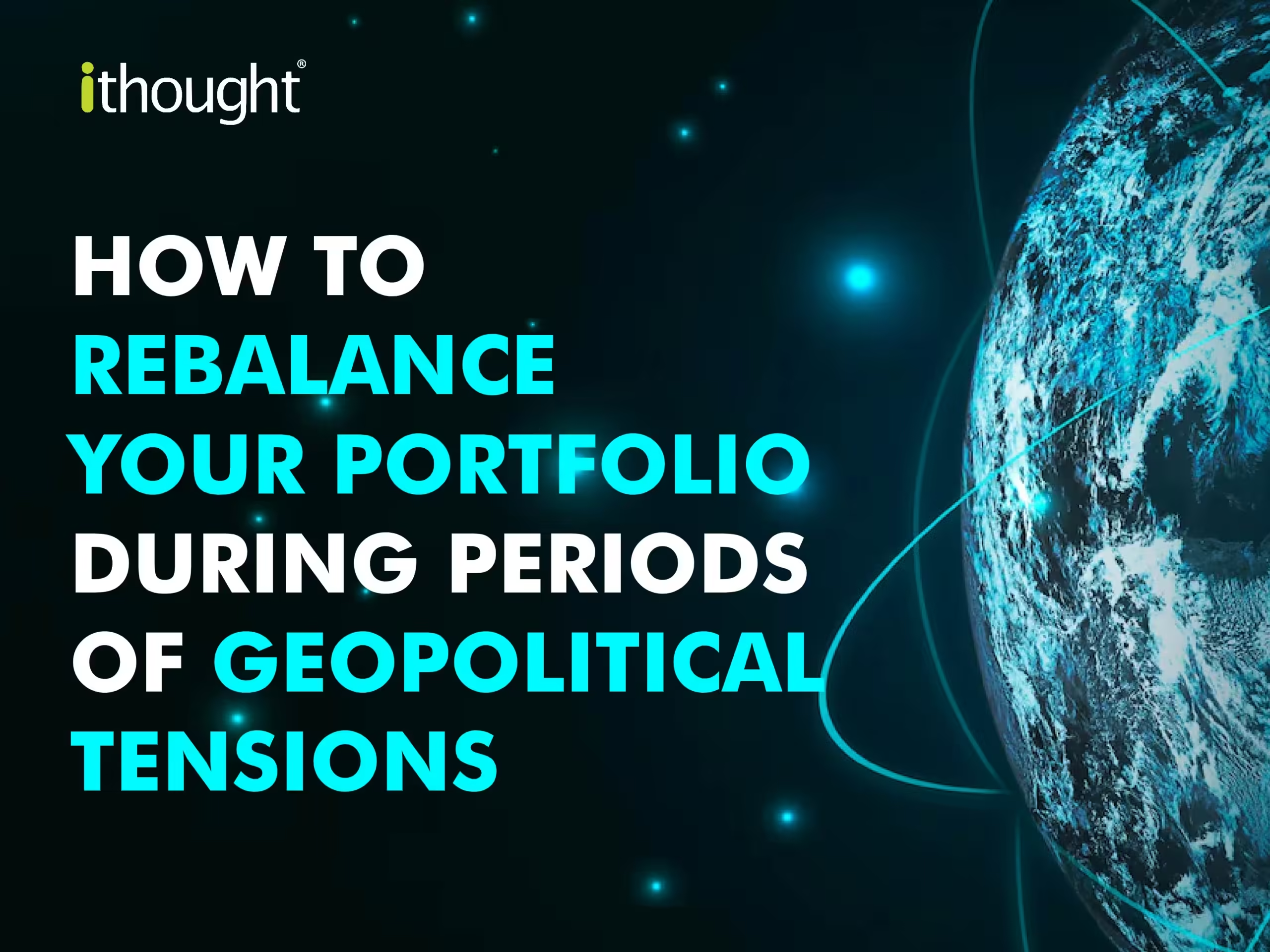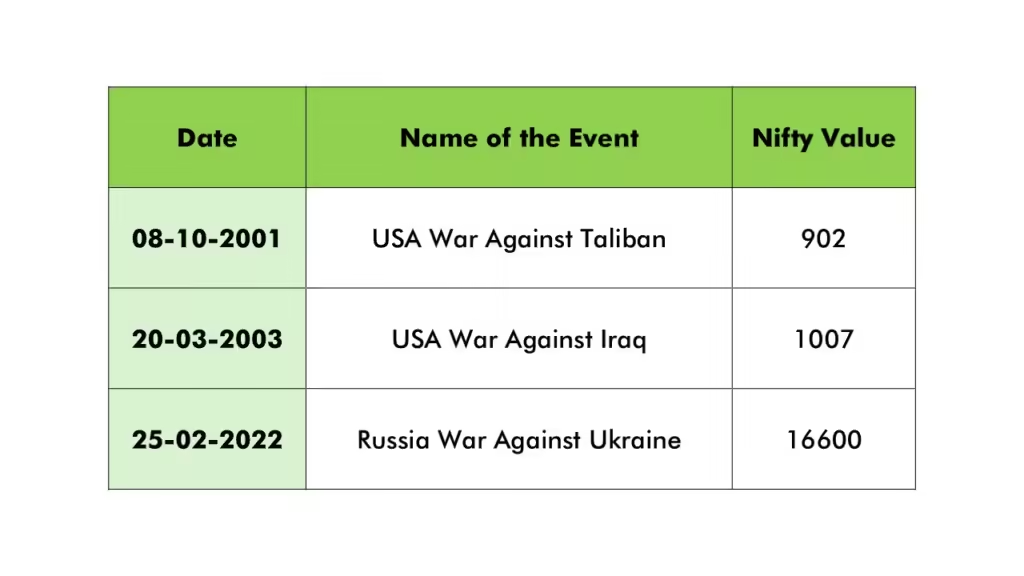
Historical Perspective: War and Market Resilience
In the last 25 years, we have witnessed three major wars: the U.S. conflict with the Taliban, the Iraq War, and now the Russia-Ukraine conflict. In each case, the wars initially caused significant disruptions for entrepreneurs, suppliers, consumers, and investors. However, markets eventually adapted, digested the negative news, and prepared for recovery. In fact, one of the strongest bull markets from 2005-2008 followed the conclusion of the U.S. conflicts in Iraq and Afghanistan. Despite substantial war expenditures, the U.S. market continued to reach new highs after these events.
Current Crisis in West Asia
The ongoing crisis in West Asia is similarly impacting markets. This time, closed sea and air routes, along with increased shipping and logistics costs, are placing a heavy financial burden on suppliers and end users alike.
A similar pattern emerged during the Russia-Ukraine war. Both Russia and Ukraine are major exporters of barley and wheat. With the onset of war, prices for these commodities surged. In response, India, as a cautionary measure, halted the export of rice and wheat in 2022. Meanwhile, Europe, heavily dependent on Russia for oil and gas and Ukraine for wheat, saw rising inflation that caused concern among policymakers. Central banks attempted to curb inflation, and governments struggled to resolve supply chain issues. At the same time, NATO support for Ukraine added financial strain, further tightening the Eurozone’s economic landscape. With Russian oil and gas supplies reduced, Europe was forced to turn to the U.S. to meet its energy needs.
How Geopolitical Tensions Reshape Economies
Geopolitical events like these significantly alter the economic landscape of affected regions. Key effects include:
Eurozone Recession Risks: Rising inflation has pushed the Eurozone toward a potential recession.
Energy Exports: India and other nations have become alternative suppliers, with some exporting oil to Europe to fill the gap.
Inflation in the U.S.: War budgets and COVID-era monetary policies have contributed to high inflation and slower growth in the U.S.
Delayed Impact on Emerging Markets: Countries like India and Indonesia initially remained isolated from these issues but began to experience similar consequences in the later stages of the crisis.
The Indian Subcontinent: Navigating Tensions and Economic Challenges
India and Pakistan share a complex history marked by multiple wars and ongoing border issues. Although India has managed to break free from the shadow of these conflicts to focus on economic growth, this progress took time and substantial effort. Both nations have historically diverted significant resources toward defence spending instead of national development. This redirection of funds often creates economic pressure, and any sign of escalating conflict is enough to trigger Foreign Portfolio Investors (FPIs) to withdraw funds from the markets. Bilateral trade also suffers, as the two countries impose substantial duties on each other. While India has grown despite these challenges, Pakistan’s progress has been hampered, as its policies tend to be more focused on countering India than on internal development.
Sri Lanka also faced prolonged economic strain due to a three-decade civil war that began in the 1980s. Rebel-held areas became self-sustaining, ceasing to contribute to the national economy. The conflict transformed fertile and productive areas into war zones, disrupting agriculture, industry, and overall productivity. The war damaged critical infrastructure diverted resources to military spending, and discouraged tourism and investment. Since the conflict ended, however, Sri Lanka has seen a substantial increase in both tourism and foreign investment, marking a positive shift.
The Chinese Conundrum
China was one of the largest beneficiaries of globalization in the early 2000s, seeing a massive transfer of wealth as developed economies moved production to Chinese factories for lower costs. This shift allowed China to transition to a middle-income economy despite its large population. However, in recent years, China has adopted a more aggressive stance in its regional politics, challenging neighbours like Taiwan, the Philippines, Japan, and India. This assertiveness has alarmed many developed nations, who are now reconsidering their economic dependence on China and imposing restrictions that are slowing its growth. Only time will reveal if China’s economy can maintain its momentum independently or if these actions will ultimately hinder its progress.
Conflicts & Markets
While India and its markets have continued to grow and flourish despite seeing our own conflicts and significant global ones, there is no saying that focusing on infrastructure and growth has significant advantages over escalating conflicts. While any global conflict that affects the market sentiment could be seen as an opportunity to accumulate, any domestic conflict should be evaluated on merit.
Any crisis will be seen as an opportunity in the long term, Starting from the Gulf War in 1991 till the recent wars, the pressure prevailed only for the short term. An investor should keep an eye on opportunities to invest aggressively, a mature investor well knows, any situation as “This too shall pass”. Like Leo Tolstoy’s famous book War and Peace, the War and Market, these are the nifty values during the last 20 years.

If you refer to the above table and referring the Nifty value of today at 24500. As we already saw in the long term, all for good only. Long-term investing with quality stocks won’t derail your investment, the temporary pressure on corporate earnings won’t last long, so the negative performance of equity based on that too won’t last long., So investors should avoid unnecessary noise, and negative influencers, and should stay with Good investment ideas and Good Advisors for better financial independence.